Discover the enchanting world of Dominican-themed cakes, a delightful fusion of rich cultural heritage and artistic expression. From traditional recipes to modern twists, Dominican cakes offer a unique flavor that captivates food enthusiasts and celebration planners alike. Whether you’re throwing a birthday party, wedding, or simply looking to add a touch of Caribbean charm to your dessert table, finding the perfect Dominican-themed cake design is an exciting journey filled with creativity and tradition.
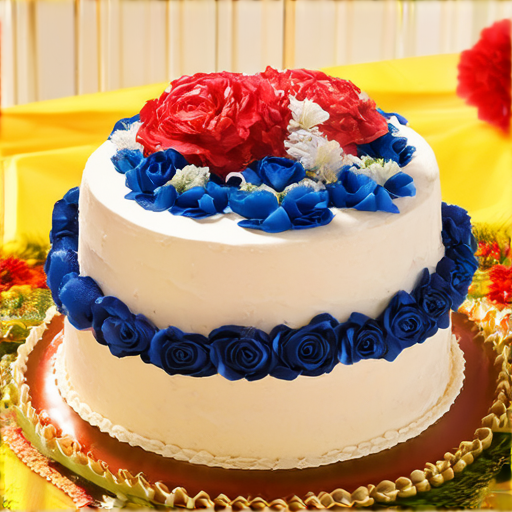
Understanding the Unique Characteristics of Dominican Cake
Dominican cake, often referred to as “pound cake,” stands out due to its rich, moist texture and unique preparation methods. Here’s a breakdown of what sets it apart:
1. Rich Ingredient Profile
The cake’s signature comes from its ingredient list, which typically includes a pound each of flour, butter, eggs, sugar, and milk. This high proportion of fat and eggs creates a dense yet moist texture that distinguishes it from other cakes.
2. Moisture and Texture
Dominican cake is renowned for its spongy and tender consistency. The combination of butter and milk ensures the cake remains soft without becoming dry, making it ideal for slicing and pairing with fillings.
3. Flavor Profile
The flavor is simple yet satisfying, often described as vanilla or plain. Its mild taste allows it to pair exceptionally well with a variety of fillings, such as guava paste, dulce de leche, and pastry cream, enhancing the overall dessert experience.
4. Structural Integrity
With its tall and narrow structure, Dominican cake provides a sturdy base for elaborate toppings and fillings. This characteristic makes it a popular choice for layered desserts like Napoleons and mousse cakes.
5. Cultural Influence
The cake’s origins can be traced back to European settlers in the Dominican Republic, who adapted traditional recipes using local ingredients. Over time, it evolved into a beloved dessert that reflects the country’s rich culinary heritage.
6. Baking Technique
The baking process involves creaming butter and sugar, then gradually adding flour and eggs. This method ensures an even distribution of ingredients, contributing to the cake’s uniform texture and flavor.
In summary, Dominican cake’s uniqueness lies in its rich ingredients, moist texture, versatile flavor, structural integrity, and cultural background. These elements combine to create a dessert that is both distinctive and universally enjoyable.
What is the latest trend in cakes?
Cake baking and decorating has evolved significantly over the years, with new trends emerging to captivate bakers and dessert lovers alike. In 2025, the most popular cake trends reflect a blend of creativity, sustainability, and artistic expression.
1. Artistic Expression Through Cakes
One of the most notable trends is the rise of edible art on cakes. Artists are using intricate designs, vibrant colors, and unique shapes to transform cakes into works of art. This trend emphasizes personalization, allowing customers to customize cakes to reflect their individual styles or occasions.
2. Sustainable Ingredients
Sustainability is no longer just a buzzword—it’s a driving force behind many culinary innovations. Bakeries are increasingly using organic, locally-sourced ingredients, vegan alternatives, and eco-friendly packaging. This trend aligns with global efforts to reduce environmental impact while satisfying health-conscious consumers.
3. Multi-Layered Cakes
Multi-layered cakes, often referred to as “tower cakes,” are gaining popularity due to their visual appeal and ability to showcase diverse flavor profiles. Each layer can feature a different filling or flavor, encouraging diners to explore new taste experiences in one dessert.
4. Geometric and Abstract Designs
Geometric and abstract designs are taking over cake decorating. These styles allow for bold, artistic expressions, often using sharp angles, asymmetrical shapes, and unconventional color palettes. This trend appeals to those seeking a modern, edgy aesthetic.
5. Seasonal and Thematic Cakes
Seasonal and thematic cakes are becoming more sophisticated. From holiday-themed cakes adorned with seasonal fruits and decorations to event-specific designs inspired by movies, books, or cultural moments, these cakes cater to a wide range of interests and occasions.
6. Mini Cakes and Bite-Sized Treats
Mini cakes and bite-sized treats are experiencing a resurgence. These smaller desserts are perfect for portion control, ideal for tea times, and great for sharing. They also allow for more experimental flavor combinations and decorative techniques.
7. 3D Cakes
3D cakes are redefining traditional dessert presentation. These towering structures, often featuring tiers, columns, or cascading elements, are designed to wow guests with their vertical dimensionality and intricate designs.
8. Gluten-Free and Dairy-Free Options
The demand for gluten-free and dairy-free cakes continues to grow, with bakeries offering a variety of alternatives to traditional recipes. This trend caters to those with dietary restrictions while appealing to health-conscious consumers.
9. Floral and Botanical-Inspired Cakes
Floral and botanical-inspired cakes are blooming in popularity. These designs incorporate realistic or abstract floral motifs, often using edible flowers, greenery, and nature-inspired colors. They add a touch of elegance and nature to any occasion.
10. Interactive and Experience-Based Cakes
Interactive and experience-based cakes are revolutionizing the way we think about desserts. Some cakes are designed with hidden messages, puzzles, or surprises that unfold as the cake is eaten or decorated. This trend adds an element of playfulness and surprise to the dining experience.
Tort Decor remains at the forefront of these trends, offering innovative tools, recipes, and inspiration for bakers worldwide. Explore our collection of cake decorating essentials and stay ahead of the latest culinary movements.
For more information on the latest cake trends and decorating techniques, visit us at Tort Decor .
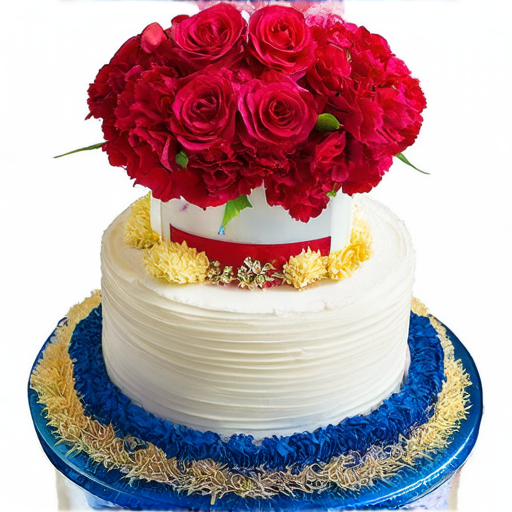
How to Say Cake in the Dominican Republic
In the Dominican Republic, the most common way to refer to cake is through the Spanish term “galleta,” which translates directly to “cake.” However, there are a few variations and regional terms that may be used depending on the context:
- Galleta: The general term for cake in most Spanish-speaking countries, including the Dominican Republic.
- Ponqu: A colloquial term often used in the Dominican Republic and other parts of the Caribbean, especially in informal settings.
- Pastel: Sometimes used to describe a type of cake, particularly in more formal or specific contexts.
The usage of these terms can vary slightly depending on the region and the formality of the situation. For example:
– In casual conversations, “ponqu” might be heard more frequently.- In written forms or more formal settings, “galleta” is commonly used.
Additionally, the Dominican Republic has its own unique contributions to cake culture, with popular varieties like “tres leches” (three-layer cake) and “chocolate” cakes being enjoyed widely. These treats are often referred to simply as “galletas de chocolate” or “pastel de chocolate.”
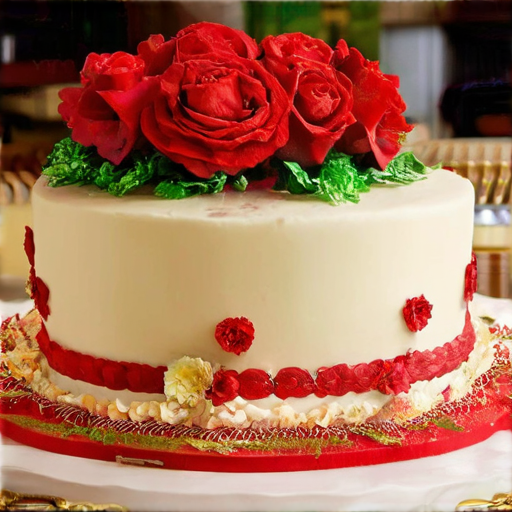
How to Choose a Cake Design
To select the ideal cake design for your event, consider the following steps:
- Determine the Event Type: Reflect on whether the cake is for a birthday, wedding, baby shower, or casual gathering. Each event has a distinct atmosphere.
- Choose a Cake Style: Opt for a classic design for traditional events, a whimsical style for children’s parties, or an elegant option for weddings. Consider personal preferences and the event’s theme.
- Decide on Decorations and Color Scheme: Simple buttercream suits most occasions, while elaborate fondant designs add sophistication. Choose colors that match the event’s mood—pastels for romance, bright hues for energy.
- Select the Flavor: Pair flavors with the event’s personality. Vanilla for simplicity, chocolate for richness, or unique options like fruit-flavored for variety.
- Assess Difficulty and Tools: Evaluate your decorating skills and available tools. Simpler designs may be better if you’re inexperienced, or seek tutorials for more complex styles.
- Consider Budget Constraints: Balance creativity with affordability. Look for cost-effective solutions to achieve desired looks without overspending.
- Personalize the Cake: Add personal touches like photos or initials for uniqueness, unless the design already demands minimalism.
- Evaluate Size and Serving Needs: Determine the number of guests to decide between a small or large cake, ensuring it’s practical for the event size.
- Plan Timing and Preparation: Allocate sufficient time for preparation, especially if decorating yourself. Consider logistics for delivery to avoid stress.
By thoughtfully evaluating these elements, you can craft a cake design that enhances your event, making it as memorable as the celebration itself.
What Makes a Cake Luxury?
A luxury cake is defined by its high-quality ingredients, meticulous craftsmanship, and attention to detail. Here’s what sets a luxury cake apart:1. **Premium Ingredients**: – **Flour**: Specially milled flour enhances texture and flavor. – **Butter**: High-quality butter ensures a rich taste and smooth texture. – **Eggs**: Fresh, locally sourced eggs contribute to a lighter and more moist crumb. – **Chocolate**: Premium, ethically sourced cocoa powder or fine dark chocolate is often used. – **Fruits**: Fresh, seasonal fruits are commonly featured in fillings or toppings. 2. **Craftsmanship**: – **Baking Technique**: Expert bakers use precise methods to ensure even rising and perfect texture. – **Icing and Fillings**: Luxurious layers are filled with house-made jams, custards, or ganaches. – **Decoration**: Intricate designs, handcrafted flowers, and edible gold accents elevate the dessert. 3. **Presentation**: – **Serving Style**: Elegant plating with high-quality china or decorative serving pieces. – **Packaging**: Beautiful packaging that matches the cake’s sophistication. 4. **Exclusivity and Customization**: – **Personalization**: Many luxury bakeries offer custom options, allowing clients to choose flavors, fillings, and decorations. – **Reputation**: Renowned bakeries with a strong reputation for quality and creativity are often sought after. Examples of luxury cakes include those from renowned chefs and bakeries like Dominique Ansel and Ladurée, which use seasonal ingredients and innovative techniques to create unforgettable desserts.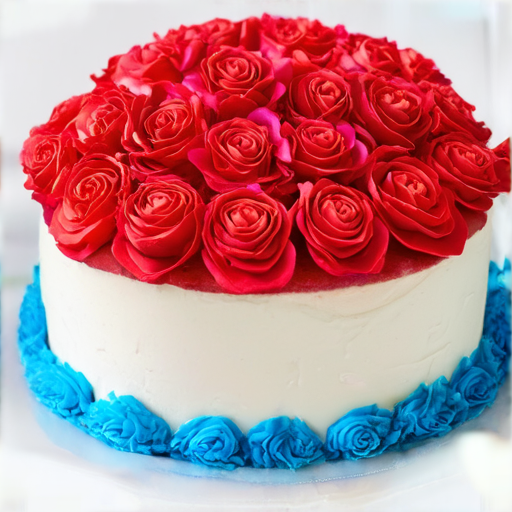
How to Choose a Design Style
To select a design style for your home, consider the following steps:
- Lifestyle Consideration: Reflect on your daily routine and preferences. A minimalist style may suit a quiet, organized space, while a family-friendly design could incorporate cozy seating and child-safe features.
- Space Analysis: Evaluate your room dimensions and layout. Opt for streamlined furniture and light colors to create an open feel, especially in smaller spaces. Use rugs and plants to define areas in an open-plan setup.
- Color Palette Selection: Choose a neutral base with a few standout colors for accents. Use sheer curtains and coordinated throw pillows to infuse color without overwhelming the space. Consider natural light and privacy needs with window treatments.
- Furniture Arrangement: Plan for functionality with a U-shaped sofa for seating and an extendable table for dining. Ensure smooth traffic flow and avoid crowded pathways.
- Decorative Elements: Showcase vintage finds with a minimalistic display, such as framed photos or antique lamps. Add low-maintenance plants for a fresh touch without high maintenance.
- Lighting Setup: Create a warm ambiance with table lamps and soft LED lights. Use under-cabinet lighting in the kitchen and recessed ceiling lights for a clean look.
- Personal Touches: Highlight artwork and family photos in prominent spots, like above the couch or in a gallery wall, to add personality and warmth.
- Functionality Features: Implement cable management solutions with decorative boxes and storage benches at entrances for practicality.
- Inspiration Seeker: Explore design inspiration from platforms like Pinterest, ensuring styles align with your personal aesthetic rather than replicating others.
By thoughtfully addressing each aspect, you can craft a design style that is both personal and practical, reflecting your unique tastes and lifestyle.

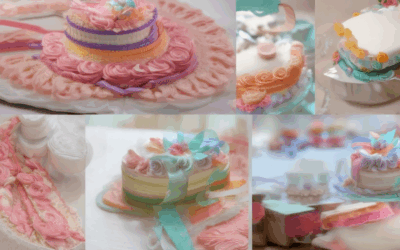
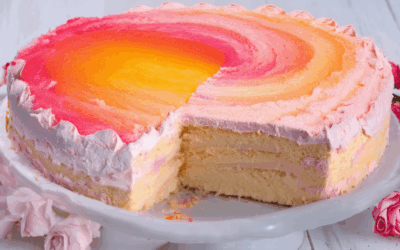

0 Comments